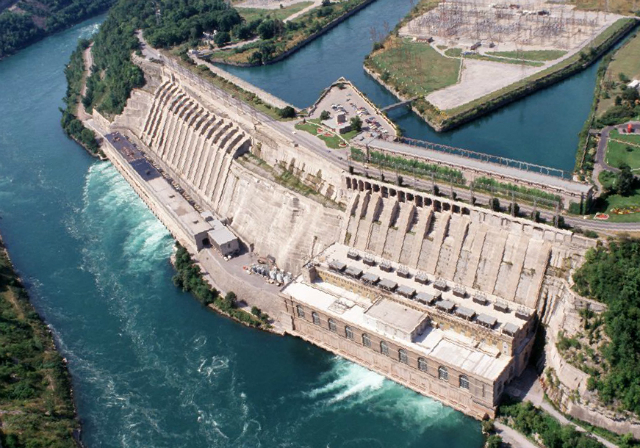Shares of Hydro One Ltd. (TSX:H) closed at $22.61 as of Friday’s close — down 0.18%. The share price has underperformed the S&P TSX by 17% in the last year. It is down 4% in 2017 so far and 8% year over year.
Second-quarter results for Hydro One are set to be released the morning of August 8, 2017, before financial markets open. With the share price nearing the 52-week low of $22.06, should investors be looking at the Ontario utility giant as a viable option for their portfolios?
The electric and utilities sector has seen declines in sales growth in North America, and a marked decrease in end-use consumption in the majority of E.U. countries. At the same time, there has been tremendous growth in demand for innovation and offerings from industry consumers.
The Q1 2017 earnings report released by the company in May revealed that Hydro One had a 20% drop in profit. It announced $167 million of net income, down from the $208 million in this period last year. Revenue was reported at $1.66 billion, down 1.7%. Almost all of Hydro One’s revenue, about 99%, comes from regulated electricity transmission and distribution.
The company has faced pressure as the Ontario government instituted a reduction in electricity rate for Ontario consumers. The 17% rate decrease came into effect in May, putting further downward pressure on the share price as analysts expect the reduced price to show up in the next earnings report.
The rate drop is part of the Ontario Liberal government’s “Fair Hydro Plan,” which has promised to lower bills for citizens by 25%. This is expected to cost Ontario $21 billion over the next three decades. It will cost the province $45 billion while saving consumers $24 billion.
Ontario’s provincial election is less than a year away, set for June 2018. Both parties that will challenge the Ontario Liberals, the New Democrats and Progressive Conservatives, have condemned the plan as a temporary stop gap aimed at helping the incumbent party improve public opinion polls.
A leaked cabinet document cited by both opposition parties indicates that rate increases are to be held at 2% over the next four years. By 2022, electricity rates will rise 6.5% and as much as 10.5% in 2028.
Hydro One boasts a dividend of $0.22 per share and a dividend yield of 3.8%. As a defensive dividend stock, Hydro One offers investors stability and modest growth in the short term.
In the long term, Hydro One stands to gain from the inevitable rise of rates in the next decade. The company has projected a compound annual rate of growth of 5% of its rate base starting in 2021. With its wide moat, investors will be keeping a close eye on how subsequent Ontario governments respond to pressure from consumers.
Those in the market for a defensive stock with the potential for strong growth in the long term may see several opportunities to buy with low electricity rates in the short term.






